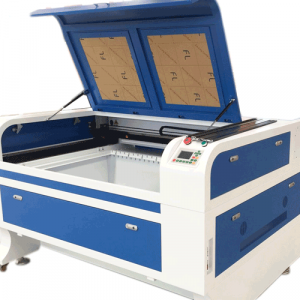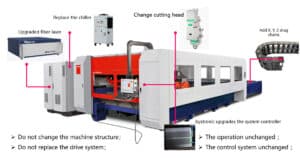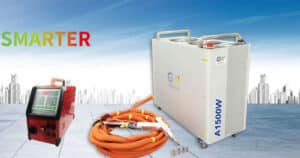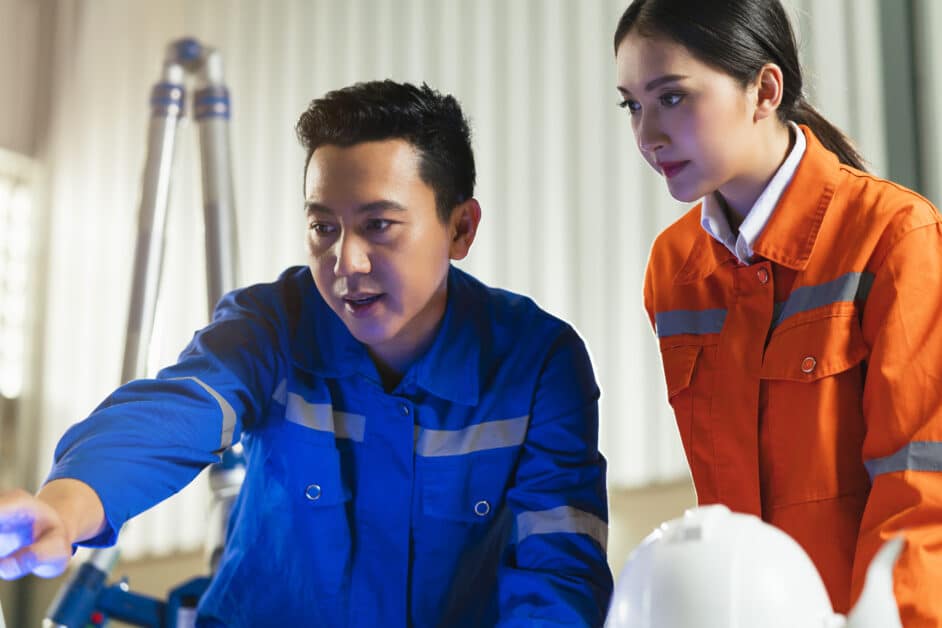Laser cutting machines allow metal fabricators to create high-quality parts that require very little, if any, finishing work. As the high-powered laser is cutting, excess material is either melts, burns, or vaporizes away. A high-pressure jet of gas also blows away any debris, resulting in a highly finished surface cut. Two types of laser cutting machines in use today are CO2 and Nd:YAG. CO2laser cutting machines were one of the first gas lasers and are the most common variety of laser cutting machine. They offer an excellent power input-output ratio, as efficient as 20 percent. Nd: YAG lasers are solid-state and use a crystal as a lasing medium. They cut steel and other alloys in the metalworking industry.
Laser Cutting vs. Mechanical Cutting
Laser cutting machines are distinct from traditional mechanical cutters. Since the laser never makes physical contact with the metal, there is little to no wear on the equipment, and there is less opportunity for the material to become contaminated. Laser cutting machines also cut metal with higher precision than of mechanical means. In mechanical cutting, there is usually a wide heat-affected zone that can cause material warping from time to time. Thanks to laser cutting machines, the heat-affected zone is kept small, thus reducing the possibility of warped material. Although laser cutting offers numerous advantages, it also consumes a very high level of energy, making it more difficult for a conventional machine shop to incorporate into its metal fabrication system.
Benefits of Laser Cutting Machines
Laser cutting machines offer a substantial number of benefits for consideration when selecting a cutting device. Besides its advantages over conventional mechanical cutting, laser cutting is a quiet process. Safety is also
important and, as a result, most laser machines are fully enclosed to prevent accidents. Lasers are equipped with computer touch screens, so workers can plot out design alterations for prototypes and large part runs. The lasers progress quickly because of high feed rates and equipment speed. Workers can also cut multiple jobs in one run by storing inventory on-site.
Laser Cutting Machine Considerations
While exceptional for cutting steel and other hard metals, laser cutting machines typically do not function well on highly reflective metals, like copper and aluminum. Since these metals easily reflect the lasers light and also absorb its heat, highly powered beams are required to cut them. When piercing, laser cutting machines create slightly tapered holes. due to the hole entry being slightly larger in diameter than the exit. Since laser cutting melts the material in the beam’s path, metal can harden in the puncture, especially in heat-treated material. While this may be beneficial for some applications, this issue can be detrimental to those requiring further work, like threading.
The Original Posted by www.thomasnet.com







